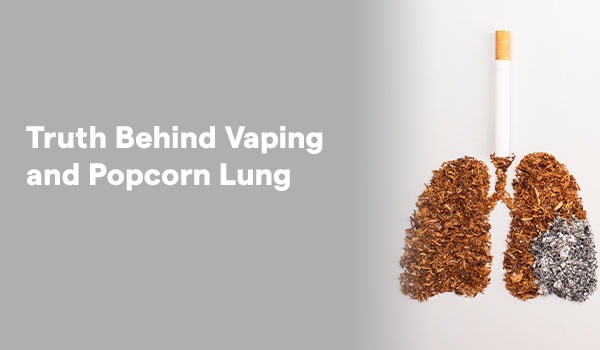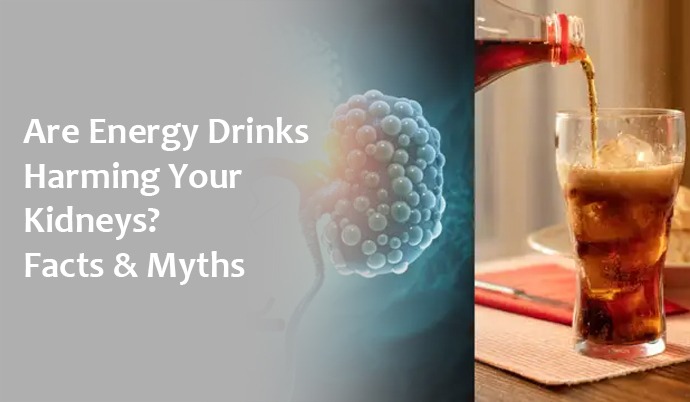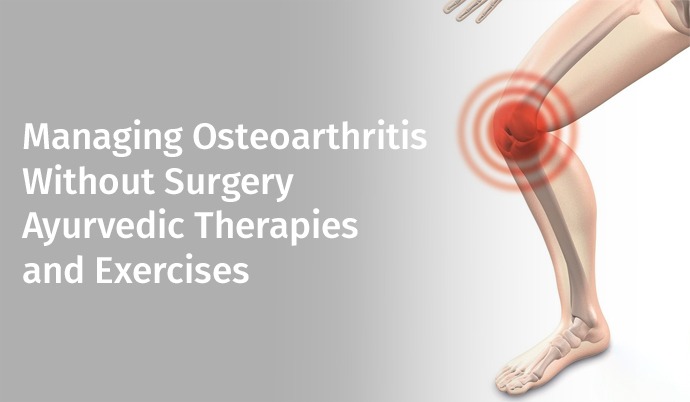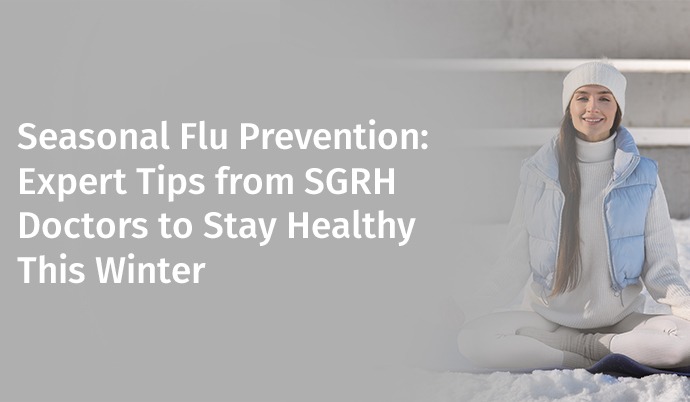
What exactly is a Popcorn Lung?
Popcorn lung may sound humorously cute, but there's nothing sweet about it. From around the year 2000, workers at a microwave popcorn factory had started developing severe lung issues. And who is exactly the culprit behind the increasing cases of popcorn lung? Diacetyl, a buttery chemical used in the creation of artificial popcorn flavour. When inhaled, this chemical causes scarring of the tiny air sacs in the lungs, leading to coughing, wheezing, and shortness of breath. And what is more concerning is that this Diacetyl is also present in a lot of flavoured e-liquids and artificial cigarettes.
Not only this but vape also contains a series of chemicals such as nicotine (that is a highly addictive chemical found in tobacco), vapour cigarettes side effects also include propylene glycol (PG) and glycerin (VG), metallic constituents such as nickel, tin and lead, and other chemicals like tobacco-specific nitrosamines (TSNAs), phenolic compounds, and polycyclic aromatic hydrocarbons (PAHs) in vape aerosols.
Bronchiolitis obliterans isn't just a bad cough or a little wheezing that passes quickly. It damages the lining of the smallest airways in the lungs and makes breathing harder and harder. This is the harsh reality of popcorn lung.
Over the last 10 years, there has been a boom in vaping and its marketing because of its trendy and cool marketing features, such as L.E.D. light, fruity flavours, and celebrity endorsements that have ensured that the younger generation is at the receiving end as the target audience. The CDC (Centres for Disease Control and Prevention) stated that almost 14% of high school students said they used e-cigarettes (vapes) in 2022.
Many of the reasons that entrap the users into vaping are, even under the false illusion that it is a safe alternative to traditional cigarettes. No tar, no combustion, no problem, right?
Well, not really! While e-cigarettes do not have some of the worst chemicals present in tobacco smoke, they introduce others, including diacetyl, the chemical behind popcorn lung.
Popcorn Lung from Vaping
Researchers at the Harvard T.H. Chan School of Public Health discovered that over 75% of flavoured e-cigarettes and refill liquids contain the chemical diacetyl. When a person vapes, the chemical is inhaled directly into the lungs, causing long-term damage and leading to popcorn lung. Imagine your lungs as a complicated network of spongy tubes and air sacs. That diacetyl settles in and begins inflammation and scarring. After a while, damaged tissue limits the inflow of air, like trying to breathe through a straw. It is not just uncomfortable, but it is crippling.
Popcorn Lung Symptoms
Popcorn lung does not knock politely. Popcorn lung symptoms are usually the same as those of other respiratory diseases, so it's difficult to diagnose. Typical red flags are:
If you vape and notice any of these popcorn lung symptoms, it's highly important to get medical advice right away. Early treatment from the best chest medicine hospital in Delhi may slow down the process, but keep in mind, the damage is done and is irreversible.
All this risk aside, however, the vaping market remains largely unregulated, particularly when it comes to flavourings. While some nations have begun closing the door on flavoured e-liquids, numerous products, especially artificial cigarettes, still hit the shelves without adequate testing or regulation. That means you are possibly breathing a mixture of untested chemicals whenever you vape. This transparency deficit puts consumers in the dark. Ingredient lists are non-descript, and "natural flavours" can cover up nasty additives. There is a Wild West of vapours and minimal accountability without strict regulation, a playground of vapour cigarettes side effects.
Popcorn lung is not only an illness; it's a generation epidemic. Teenagers, attracted to slim pens and sweet-smelling clouds, are vaping in epidemic proportions. Social media makes it glamorous, and peer pressure assures its inevitability. Most teenagers don't know that because something smells of mango, it is not necessarily safe to inhale, especially when it's wrapped in the alluring packaging of artificial cigarettes. We are still investigating the long-term health effects of vaping, but initial evidence is telling us that we might have a health crisis on our hands in the future.
If you, or someone you care about, are stuck in the vape trap, today is the day to make a move. Stopping vaping isn't simple, certainly with nicotine's hold, but you can do it. Here are some steps to take:
Vaping might look like the sleeker, cleaner version of smoking, but it has a poisonous underbelly. Popcorn lung is no joke or minor nuisance; it's a potent, life-changing illness caused by the very e-juice flavours that make artificial cigarettes so alluring. And when the vapour departs, we are left with one reality: our lungs weren’t designed for air, and they sure aren't designed for fake clouds. If you're a recreational puffer or an everyday vaper, it's time to hold your breath and think again. Because no level of cool is worth the risk of a crippled lung. And in case of vape addiction, vapour cigarettes side effects, or persistent uneasiness, consult the specialists from Sir Ganga Ram Hospital and book an appointment today.
.jpeg)



